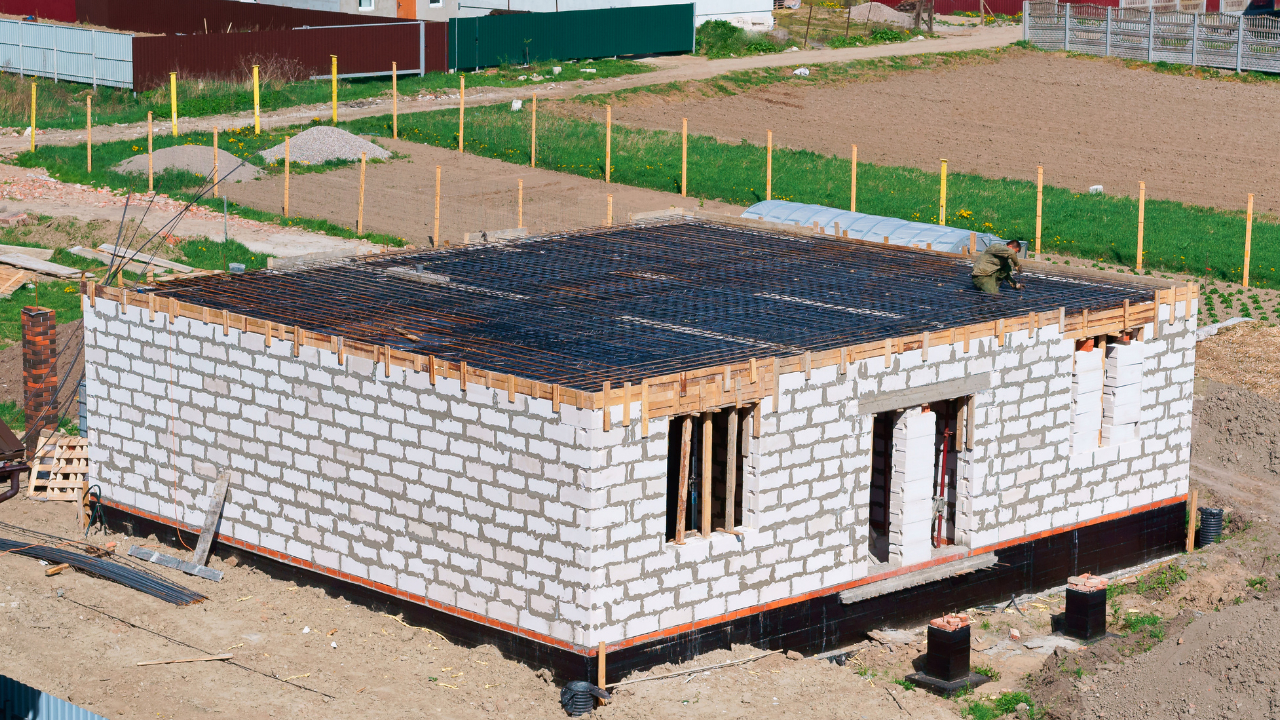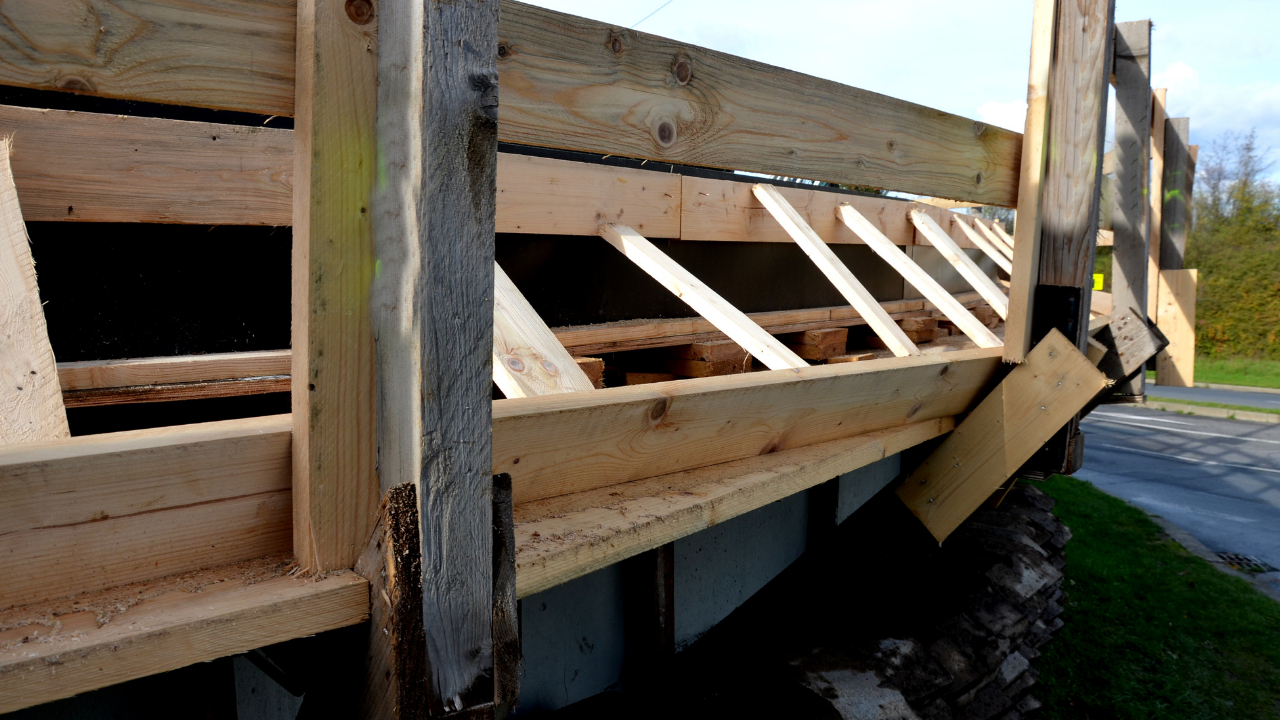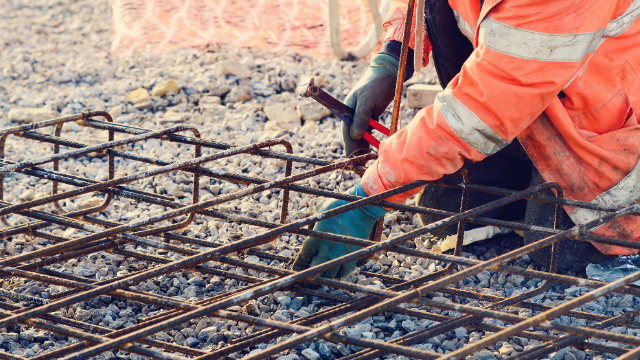Build Foundations Strong & Wise!
Hello, fellow construction enthusiasts! Today, we’re rolling up our sleeves to dig into the nitty-gritty of footings in construction. Let’s break it down to the basics, shedding light on how these essential elements lay the groundwork for robust buildings.
Why Footings?
Before we jump in, let’s understand why footings hold a pivotal role in construction. Think of footings as the unsung heroes, the solid base that shoulders the entire load of a structure, distributing it evenly to the ground below.
Step 1: Getting to Know the Basics
Understanding the very essence of footings is your first step to mastering this segment of construction. Let’s navigate through this process in a relaxed and understandable manner.
1.1 Definition
Simply put, footings are structural elements found at the base of a building. Their primary job? To support the building and evenly spread the load to the foundation soil, preventing any possible sagging or collapse.
1.2 Importance
Having a strong base means your building can withstand the test of time, offering stability and safety for years to come.
Step 2: Choosing the Right Materials
Now that we’ve uncovered the basics, it’s time to delve into the selection of appropriate materials for constructing sturdy footings.
2.1 Concrete Footings
Concrete is often the go-to material due to its durability and high load-bearing capacity. It pairs well with steel reinforcement, offering a robust solution for larger structures.
2.2 Wood Foundations
Opt for wood foundations when you’re aiming for a more natural, rustic aesthetic. While not as durable as concrete, with proper maintenance, wood can serve as a reliable foundation material.
Step 3: Implementing Proper Drainage
A key aspect of footings is ensuring proper drainage to prevent potential water damages. Let’s explore the strategies to keep water woes at bay.
3.1 Site Analysis
Conduct a thorough site analysis to gauge the drainage requirements and plan accordingly to steer clear of water-related damages.
3.2 Drainage Solutions
Incorporate efficient drainage solutions such as French drains to direct water away from the foundation, safeguarding the integrity of the structure.
Step 4: Level & Sizing Considerations
Achieving the perfect balance in terms of size and level is crucial in footing construction. Let’s go through how to nail this step.
4.1 Determining the Right Size
Consult with experts and utilize modern tools to determine the appropriate size of footings, considering the soil type and load-bearing capacity.
4.2 Maintaining Level Footings
Understand the importance of level footings and employ precision tools and techniques to maintain accuracy during the construction process.
Conclusion
And there you have it! A straightforward guide to understanding what footings are in construction. We’ve traversed from the very basics to crucial considerations for building strong and lasting foundations. As you embark on your construction adventure, remember, a solid start with the right footings can lead to towering successes.
Source: itishouse.com





